Stage 2 Biology - Cells
1/30
Name | Mastery | Learn | Test | Matching | Spaced |
|---|
No study sessions yet.
31 Terms
Provide 3 pieces of evidence for endosymbiosis
+ Chloroplasts have a double membrane. The inner membrane was the original, prokaryotic membrane and the outer membrane is eukaryotic like, evident of the engulfing event
+ Chloroplasts replicate by binary fission, like prokaryotes
+ Chloroplasts contain their own circular DNA chromosomes like prokaryotes
+ Chloroplasts have their own ribosomes which are prokaryotic like
Explain why the cell membrane can be described as ‘fluid-mosiac’
The cell membrane consists of a semi-permeable bilayer of phospholipids, composed of a hydrophilic head and hydrophobic tail, embedded proteins and cholesterol. The arrangement of these components is described as a mosaic. The term fluid is used to describe the cell membrane as the components are constantly moving and fluid.
Compare the internal organisation of prokaryotes and eukaryotes
Eukaryotes have a nucleus, prokaryotes do not
Eukaryotes have membrane bound organelles
Compare the shape and location of chromosomes in a prokaryote and eukaryote
Chromosomes within a prokaryote are circular and are located in the nucleoid
Chromosomes within eukaryotes are linear and are located in the nucleus
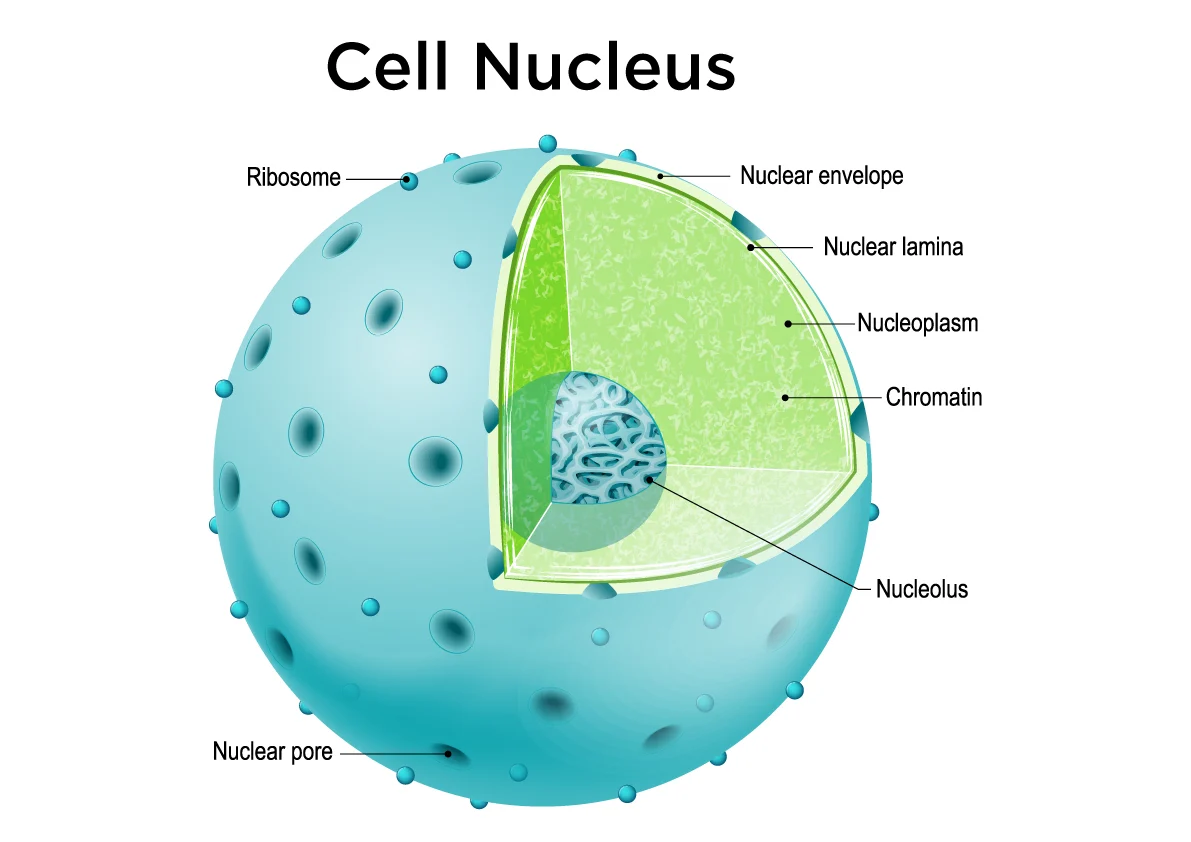
Identify and explain the function of this organelle:
The organelle is a nucleus. The nucleus regulates cell activities, stores genetic material, the site of DNA replication and translation
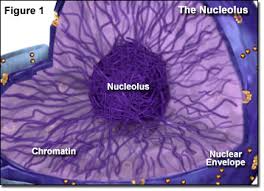
Identify and explain the function of this organelle:
This organelle is a nucleolus. The nucleolus produces and assembles the cell's ribosomes and synthesises rRNA

Identify and explain the function of this organelle:
This organelle is a mitochondrion. Mitochondria are the site of aerobic respiration
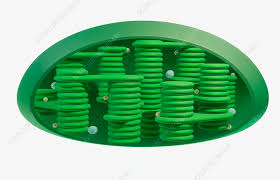
Identify and explain the function of this organelle:
This organelle is a chloroplast. Chloroplast is the site of photosynthesis
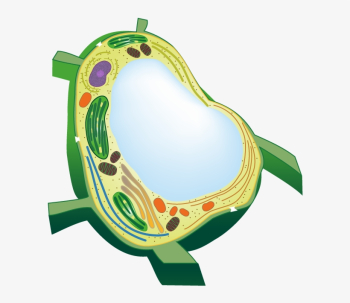
Identify and explain the function of this organelle:
This organelle is a vacuole. Plant cells have 1 large vacuole that stores water and helps maintain the structure of the cell. Animal cells have many smaller vacuoles that store nutrients
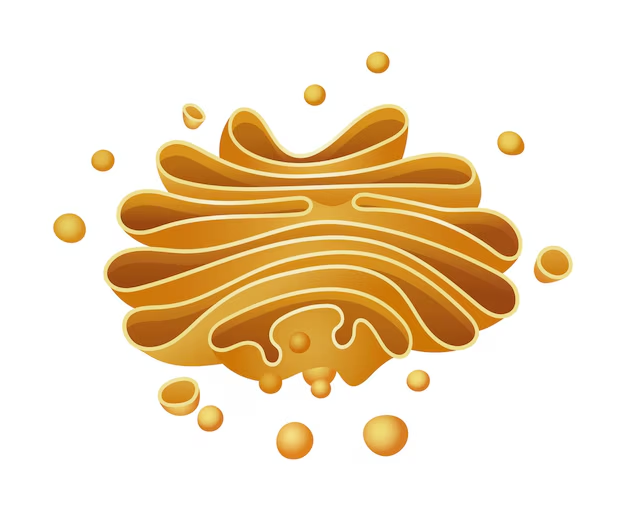
Identify and explain the function of this organelle:
This organelle is the golgi body. The golgi body packages and processes vesicles containing proteins and lipids before they're transported
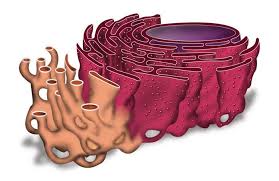
Identify and explain the function of these organelles:
These organelles are the smooth and rough endoplasmic reticulum. The smooth ER synthesises lipids. The rough ER has ribosomes attached that synthesise proteins
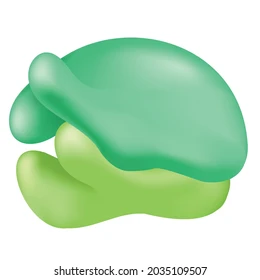
Identify and explain the function of this organelle:
This organelle is a ribosome. Ribosomes are the site of translation and protein synthesis
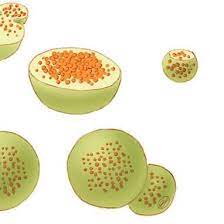
Identify and explain the function of this organelle:
This organelle is a vesicle. A vesicile is a membrane bound vesicle containing digestive enzymes that breaks down materials and foreign bodies
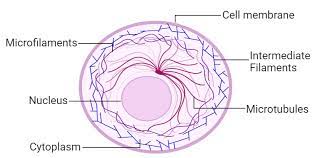
Identify and explain the function of this organelle:
This organelle is the cytoskeleton. The cytoskeleton aids in the movement of organelles and cellular membrane, the assembly of spindle fibres in mitosis and, in animal cells, provides support to the cell's shape
Distinguish between autotrophs and heterotrophs
Autotrophs produce their own energy by converting light energy into chemical energy.
Heterotrophs gain energy by consuming other organisms.
What is the chemical equation of photosynthesis
6CO₂ + 6H₂O → C₆H₁₂O₆ + 6O₂
What is the chemical equation of aerobic respiration
C₆H₁₂O₆ + 6O₂ → 6CO₂ + 6H₂O
What is the chemical equation of fermentation/ anaerobic respiration in animal cells:
C₆H₁₂O₆ → 2C3H₆O3
What is the chemical equation of fermentation/ anaerobic respiration in plant and yeast cells
C₆H₁₂O₆ → C2H5OH + 2CO2
What cell type does photosynthesis occur in
Photosynthesis occurs in autotrophs. Autotrophs convert light energy into chemical energy
State where photosynthesis is located
Chloroplast
Explain why the internal membrane of chloroplast facilitates photosynthesis
The internal membranes of the chloroplast facilitate photosynthesis as they are folded to produce thylakoids (stacked into geranium). This folding increases the surface area in which the chlorophyll pigments are located. Therefore, increasing the amount of trapped light which is needed for photosynthesis.
Describe the 2 parts of aerobic respiration
The glucose is broken down in the process of glycolysis in cytoplasm. This creates 2 pyruvate. Because is O2 present the 2 pyruvate is transported into the mitochondria and is further completely combusted.
State the product of anaerobic respiration/ fermentation in animal cells
Lactic acid
State the product of anaerobic respiration/ fermentation in plant and yeast cells
Ethanol and carbon dioxide
Explain why aerobic respiration produces more energy than anaerobic respiration
Aerobic in a complete combustion of glucose as the glucose is broken down into 2 pyruvate. The presence of oxygen allows the 2 pyruvate to be further broken down inside mitochondria, releasing more energy.
Anaerobic is incomplete combustion as after glycolysis O2 is not present and therefore the Kerbs cycle in the mitochondria can not occur. The pyruvate is then turned into lactic acid or ethanol and carbon dioxide.
Explain the ATP/ADP cycle
ATP is a molecule with stored energy between the second and third phosphate. If a cell requires energy the bond between the second and third phosphate in ATP is broken which releases energy and forms ADP + Pi. Energy released from aerobic and anaerobic respiration can then be used to synthesise ATP by rebinding an inorganic phosphate to ADP.
Describe the process of diffusion
Diffusion is a process of passive transport in which small and uncharged molecules, moving with the concentration gradient pass through the semi-permeable cell membrane
Describe the process fo facilitated diffusion
Facilitated diffusion is a process of passive transport in which the movement of small uncharged particles, moving with the concentration gradient pass through channel or carrier proteins embedded within the cell membrane
Describe the process of osmosis
Osmosis if the diffusion of water particles, in which water molecules are transported through the semi-permeable cell membrane or facilitated by proteins call aquaporins.
Describe active transport
A process of transport in which energy is required to move large or charged molecules or molecules moving against the concentration gradient across the cell membrane through protein pumps.